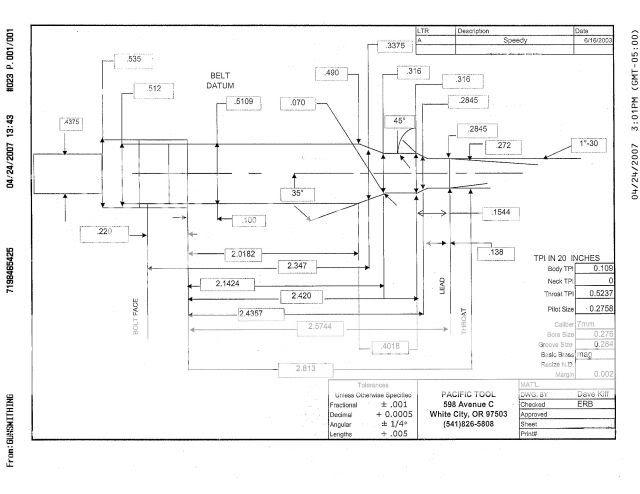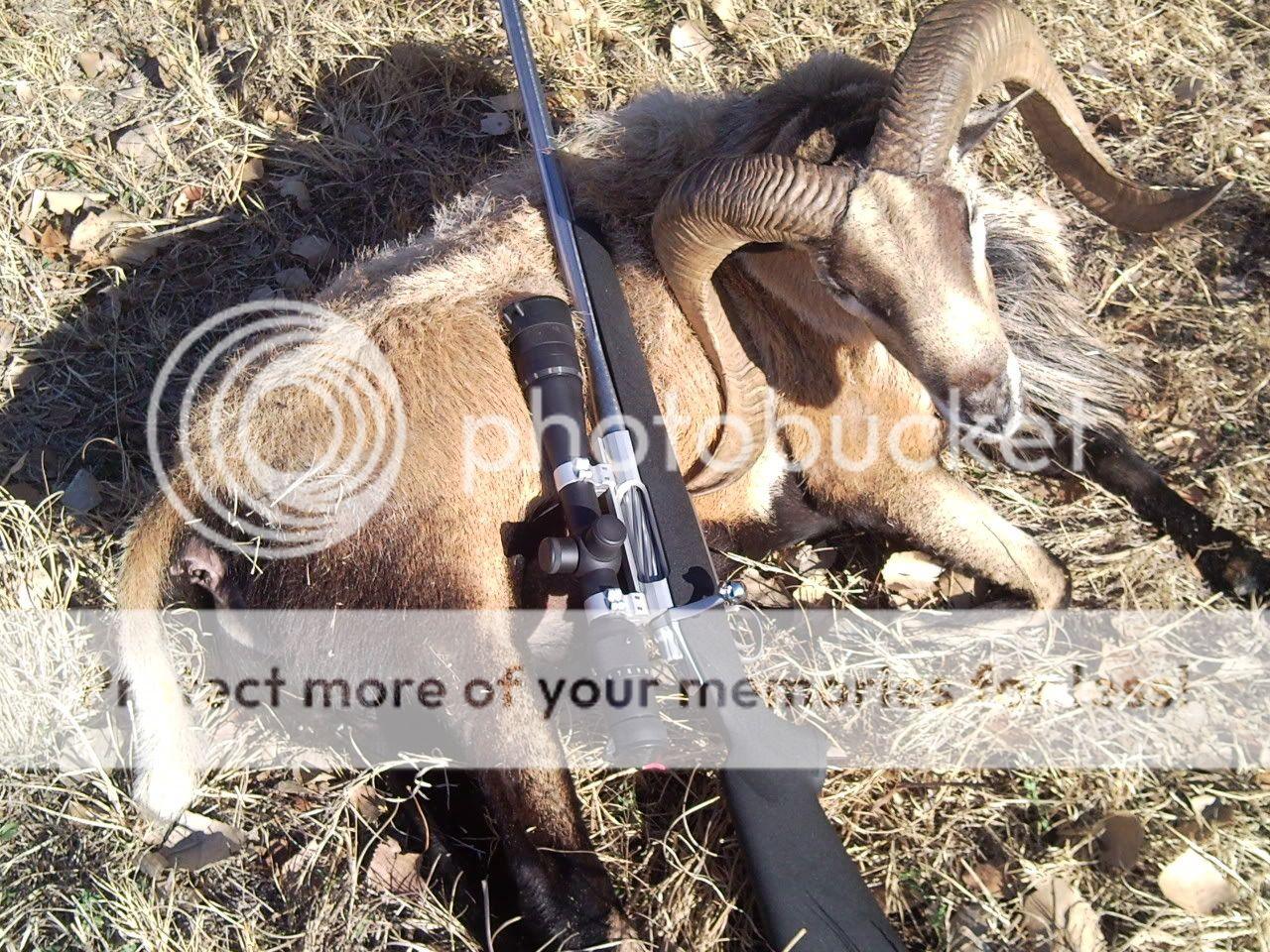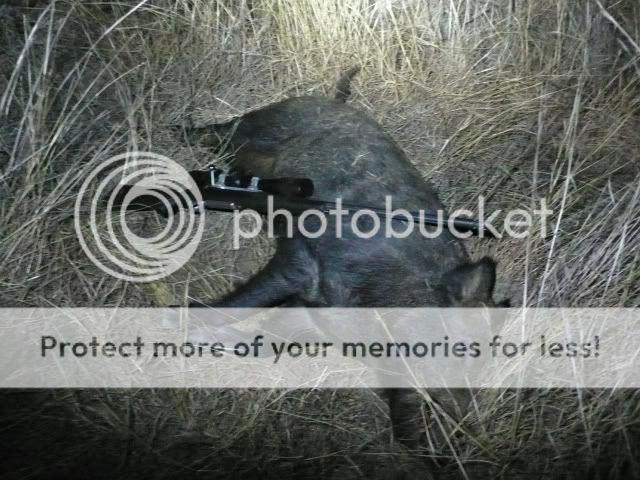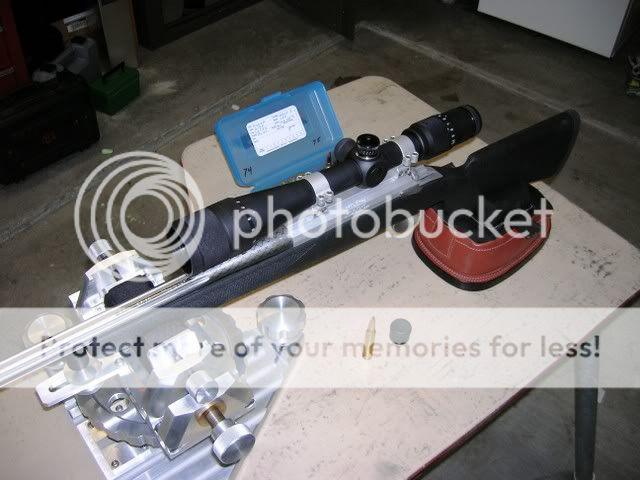Hi Guys,
I have played with and built rifles in nearly every 7mm from the 7mm-08 up to the largest 7mm's built on the 338 Lapua and 416 Rigby cases. I am fortunate to have pressure testing gear on my home range and one thing I guarantee, velocity is a direct result of pressure and capacity, all other things like barrel length being equal.
More capacity equals more velocity, all the way up to the 7mm's built on the full length 338 Lapua like my 7mm Super Fatso and Kirby's 7mm AM. The only exception is a 7mm we built on the full length 416 Rigby improved - we had now exceeded capacity with the currently available powders in the 7mm bore size. Case shape has had no effect on velocity in my testing - sharp shoulders, less taper, all generate more velocity due to increased capacity not due to any magical properties of their shape, despite the claims of cartridge designers (including myself!) over the years.
The law of diminishing returns applies, it always takes more powder percentage wise to achieve more velocity as you go up in case capacity, and therefore barrel life decreases.
In making any decisions on caliber for your chosen rifle, I think barrel life should be one of your biggest considerations. More capacity and therefore velocity will give you more longrange performance, don't doubt it, but at the expense of barrel life. If you want the best, and are prepared to replace you barrel every 800 to 1000 rounds, go with the likes of Kirby's 7mm AM, no lesser capacity 7mm will beat it. If you want more like 1500 to 2000 round barrel life, then the 7mm Mag/ 7mm WSM fit the bill. You can increase you barrel life by not running your barrel too hot with rapid fire shooting etc, or decrease it by running your barrel hard and fast. It depends on what you are going to use it for.
A lightweight long range big game rifle that after load development etc is only going to fire less than 50 rounds a year will last 20 years even with the largest 7mm. If you're wanting a longrange varminter that you're going to put 1000 rounds a year through, then obviously a smaller 7mm is more suited unless you're prepared to replace barrels yearly.
Personally, I consider barrels as consumables, so I tend to run with the larger capacities and enjoy the ballistic advantages these offer, but this attiutude doesn't suit everyone.
Just to finish off with a couple of often repeated myths that are bandied about quite a lot by gunwriters and others - the 7mm Rem Mag will always beat the 7mm WSM all else being equal. There may well be other reasons you choose one over the other such as aversion to belts, wanting to use a short action etc, but the 7mm Rem Mag has slightly more capacity and therefore generates slightly more velocity, period.
The 7mm RUM will always beat the 7mm STW for the same reason, especially in factory rifles with their long throat. This long throat can be a pain, cutting down your bullet choices to those that don't mind a jump to the rifling like SMK's, but you
will get more velocity for the same pressure. Custom short throated 7mm RUM's eliminate this problem, giving good accuracy and still exceeding the 7mm STW significantly performance wise, once again due to more capacity.
And lastly 7mm verses 30 cal - with currently available projectiles, the 7mm beats the 30 cal all the way up the various capacity cases at hitting your target at long range - simple fact of BC verses velocity. The 7mm can push its high or higher BC bullets faster than the 30 cal can push theirs, generating less drop and wind drift. The 30 cal may in some cases deliver more energy due to heavier bullet weight, so if you have a delivered energy requirement you want to exceed, then you may choose a 30 cal over a 7mm, but in this case the 338's are significantly better again. Some may say the 30 cal is easier to achieve the accuracy you require, but in any well built rifle this isn't an issue. The 30 will have longer barrel life in comparable capacity cases, by around 20%, which may be a consideration depending on your own situation. The 30 cal will generate more recoil in rifles of the same weight, and deliver less performance other than energy. This is all fact, not opinion. Improvements in 30 cal bullet options may even things up in the future, we'll have to wait and see.
You may find some of the above useful in choosing your caliber. Of course there are many other considerations such as parent case quality, single shot or repeater, all up rifle weight, etc etc, that will also affect your decision, but cutting through some of the wandering myths to start with will make your choice easier!

Good luck!
Greg




